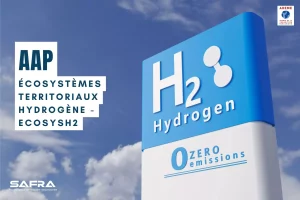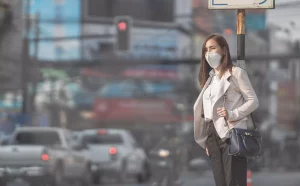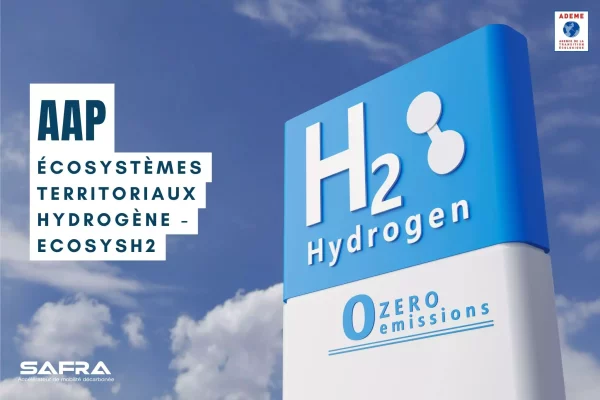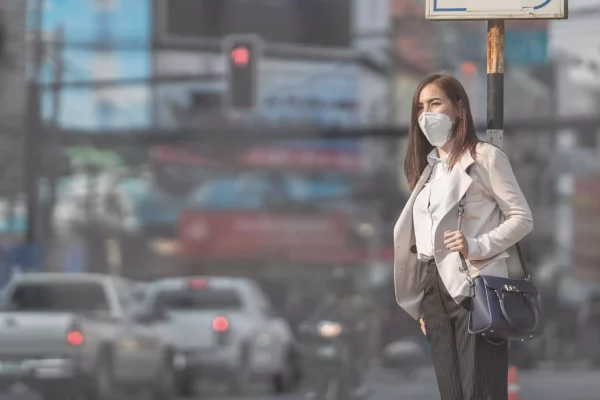
Emmanuelle Saux
ISSUES AND REGULATIONS
Air pollution should not be confused with greenhouse gases (GHGs). Air pollutants, composed of toxic gases and harmful particles, have a direct effect on health and ecosystems. GHGs are responsible for climate change. They remain in the atmosphere for a long time but, with the exception of ozone, have little direct effect on health. However, although the two variables are different, some actors, such as the transport sector, have a strong impact on both, simultaneously and on a global scale.
Air pollution: a silent killer
Air pollution is a major environmental risk for humans. According to the World Health Organization (WHO), nearly 7 million premature deaths are caused each year by air pollution (indoor and outdoor), of which 4.2 million are due to ambient pollution in urban and rural areas alone. Ozone, nitrogen dioxide and particulate matter are the most harmful pollutants to health. Although their emissions have decreased somewhat in recent decades, air pollution still exceeds WHO air quality guidelines. In 2016, 91% of the world’s population lived in places where these guidelines were not met.
Particulate matter is a common proxy indicator of air pollution. They are multiple because their emission sources are multiple. While in areas with little or no population (such as over the ocean or in the mountains) the air contains few of these pollutants, in a city with tertiary activities between 10,000 and 50,000 particles per cm3 are recorded, and in an industrial city over 3 million! Fine particles (PM10 and PM2.5) are the ones we hear about the most. They are made up of a heterogeneous mixture linked to road and tire wear, brake and clutch linings, hydrocarbons from exhaust pipes (iron, lead, carbon) or even lubricant additives and aluminum oxide from catalyst supports.
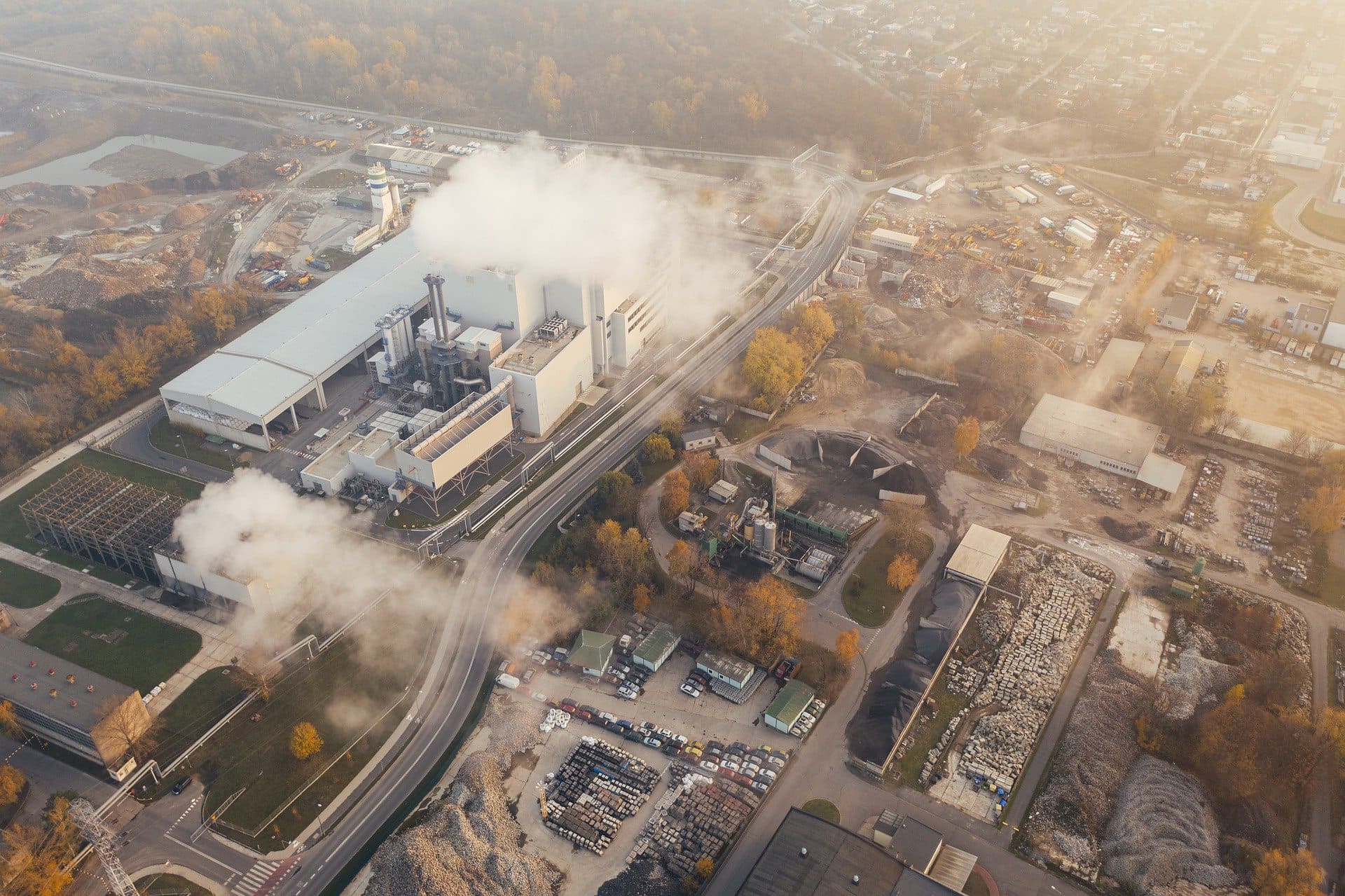
While particles up to 10 µm in diameter can penetrate and lodge deep into the lungs, particles up to 2.5 µm in diameter are even more harmful. They can cross the pulmonary barrier and enter the bloodstream. Repeated exposure to this type of particle contributes to the risk of developing cardiovascular and respiratory diseases and lung cancers. The latest estimates show that fine particulate matter (PM2.5) concentrations were responsible for approximately 422,000 premature deaths in 41 European countries in 2015, of which approximately 391,000 were in the 28 European Union member states. Considerable data that tend to decrease thanks to the implementation of European policies and national and local measures that have made cars, industry and energy production cleaner.
WHO guidelines indicate that by reducing PM10 particulate matter from 70 to 20 micrograms per m3, the death rate from air pollution could be reduced by about 15%. To achieve this, it is the duty of each country to carry out effective environmental policies, in particular by investing at several levels, including that of more ecological transport. This is a certainty that can only be confirmed when we know that the health costs of automobile pollution amount to 66.7 billion euros per year at the European level and 225 billion dollars at the global level.
Where air pollution kills most in Europe
EU-28 countries with most premature deaths attributed to fine particles
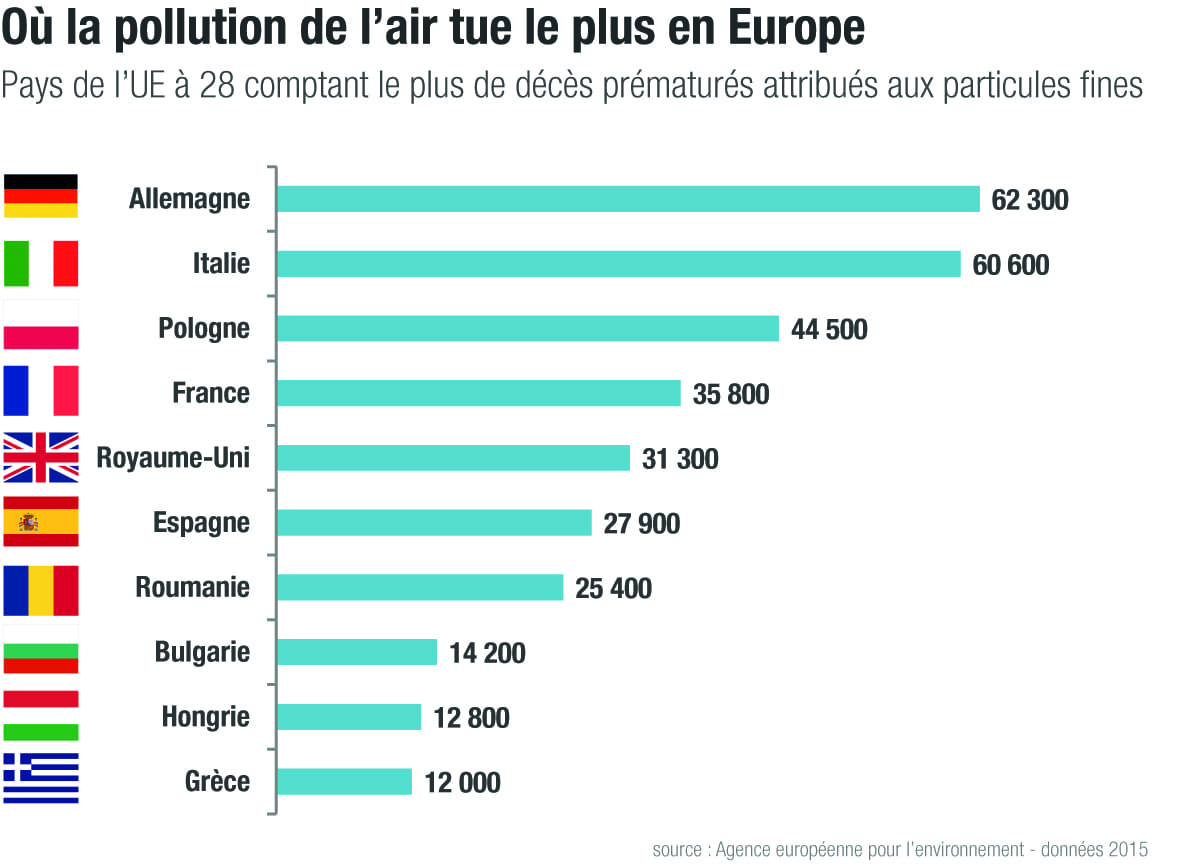
source : Agence européenne pour l’environnement – données 2015

DID YOU KNOW THAT?
Each year, the number of deaths related to air pollution is six times higher than deaths caused by malaria and four times higher than deaths caused by HIV/AIDS.
Human activity: a major disrupter of our planet's balance
Our travel is a real assault on our quality of life and our health, but its impacts do not stop there. By emitting greenhouse gases (GHGs), transportation degrades our environment. It is now one of the main causes of climate change and global warming. The most devastating GHGs are carbon dioxide (CO2), followed by methane (CH4) and nitrous oxide (N2O). According to the United Nations Framework Convention on Climate Change (UNFCCC), CO2 accounts for more than 80% of total atmospheric emissions. Transport (mainly road transport) is a major contributor.
Cars on the podium of polluting transport
CO2 emissions from passenger transport vary considerably depending on the mode of transport. Private cars are one of the main polluters, accounting for 60.7% of total CO2 emissions in Europe. This is not the only consequence of their use: urban congestion, traffic jams, air pollution, noise pollution, all inconveniences that could be mitigated by changing our habits and favoring gentler modes of transport.
It is considered that 83% of all travelers use their personal vehicle to get around, compared to only 5% for buses. Yet, with an average of 1.5 passengers per car in Europe, taking the bus is a much cleaner alternative. They emit little CO2 per passenger and can carry the equivalent of 30 to 40 cars in number of people. Thus, for the same journey, buses consume 40% less energy and emit 35% less CO2 than cars. This is a considerable difference when you consider the number of trips made every day. Beyond the ecological aspect, buses are nowadays more and more comfortable, offer many services and are generally faster than cars thanks to the lanes reserved for them in the cities.
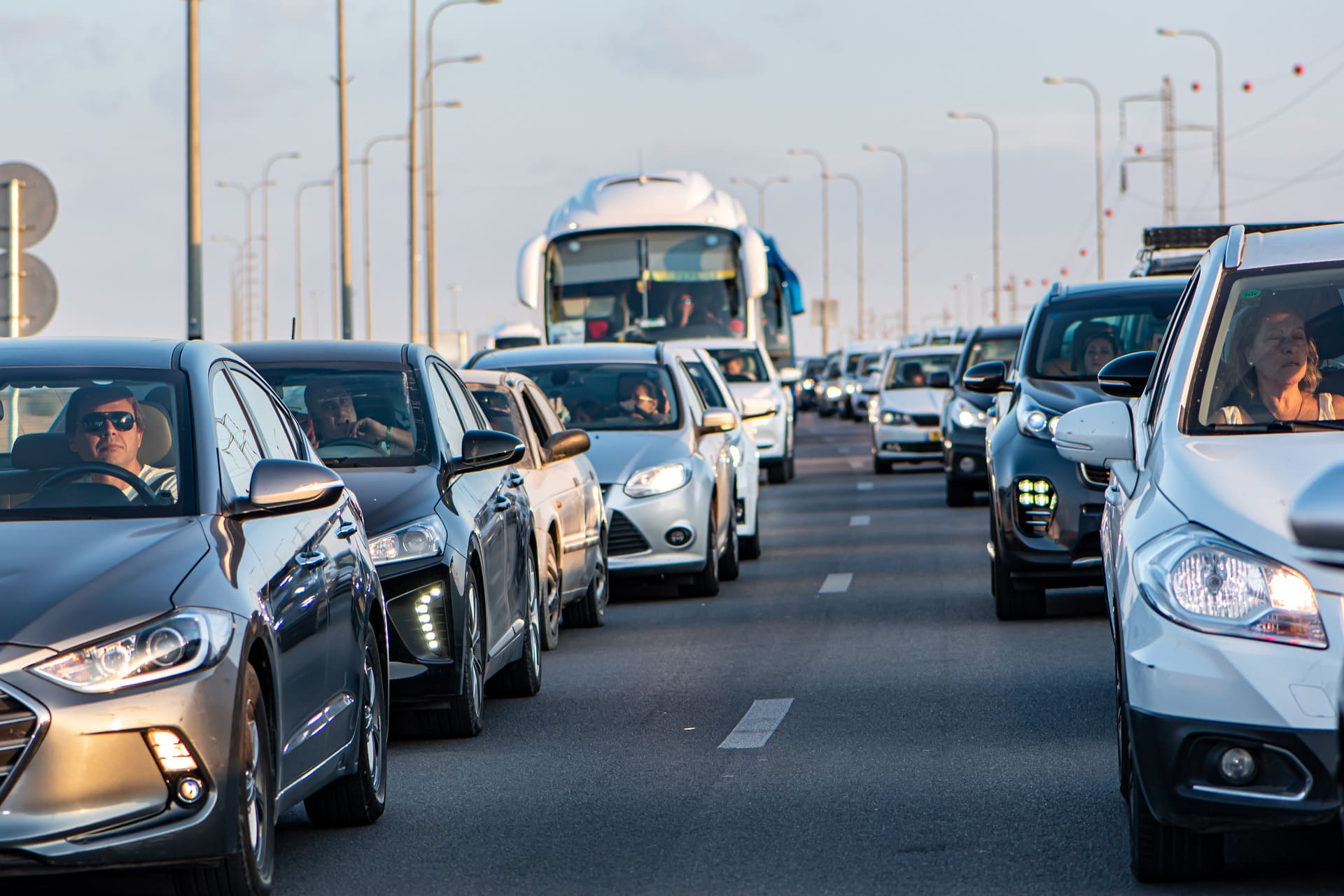
"Transportation is responsible for 1/4 of greenhouse gas emissions
This is another alarming fact! And since these emissions are expected to increase from 7.7 gigatons to 15 gigatons by 2050, stringent measures have been put in place in recent years to limit the rise in global average temperature to below 2°C.
As part of the Paris Agreement on climate change, the European Union has committed to reducing greenhouse gas emissions by at least 40% in all economic sectors by 2030 compared to 1990 levels.
To achieve this, three measures have been adopted:
– The use of forests to offset carbon emissions,
– The establishment of a European emissions trading scheme for industrial emissions,
– Binding national and European targets to reduce greenhouse gas emissions from non-industrial sectors.
Transport is obviously affected by these new measures. To reduce congestion in cities and drastically reduce the use of personal vehicles in urban areas, we must increase the attractiveness of public transport by working on the quality and quantity of the offer, but also, at the same time, transform the transport fleet with clean vehicles. To achieve this, concrete actions are needed, including the implementation of regulatory obligations, and both France and Europe are actively working on this subject. Our habits and mentalities must change; this is a real challenge for the years and generations to come.
You liked this article, do not hesitate to share it on social networks
Facebook
Twitter
LinkedIn
Email
Print
Other articles you might like
Circular mobility: Refurbishing to consume less
•
1 September 2023
In a world facing ever more pressing environmental issues, transition
Call for projects: accelerating collective intelligence
•
1 July 2023
“A stone has no hope of being anything other than
A new enemy in the air: the nanoparticle
•
1 June 2023
The fourth leading cause of mortality in the world, air

